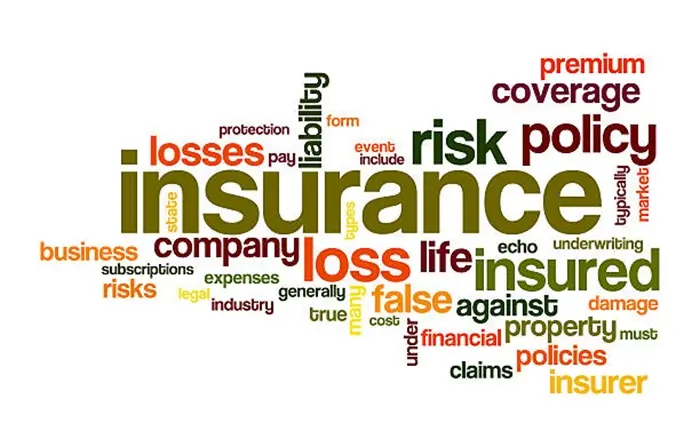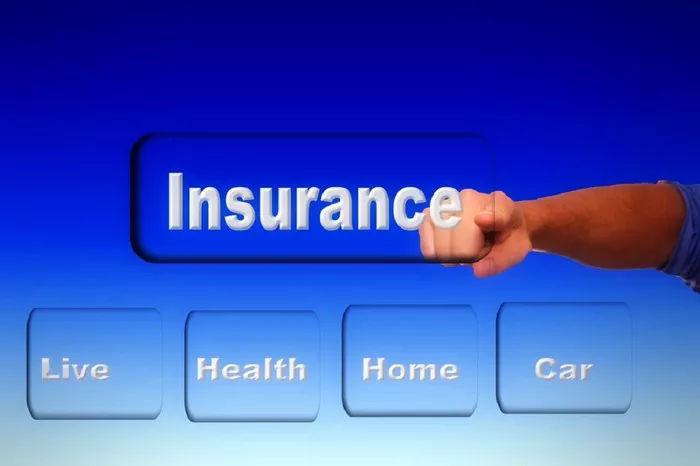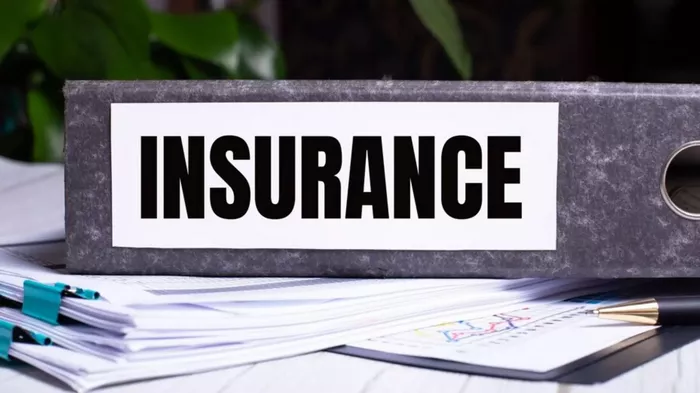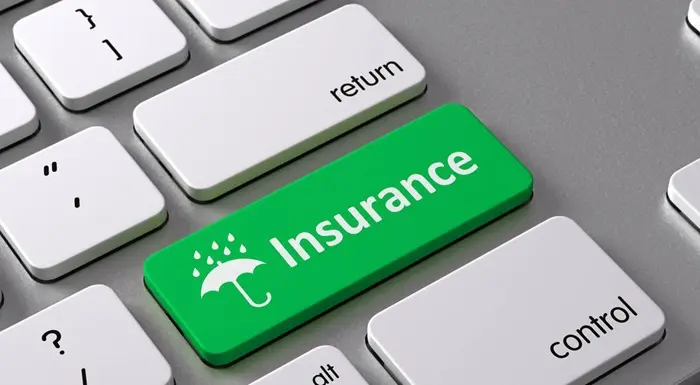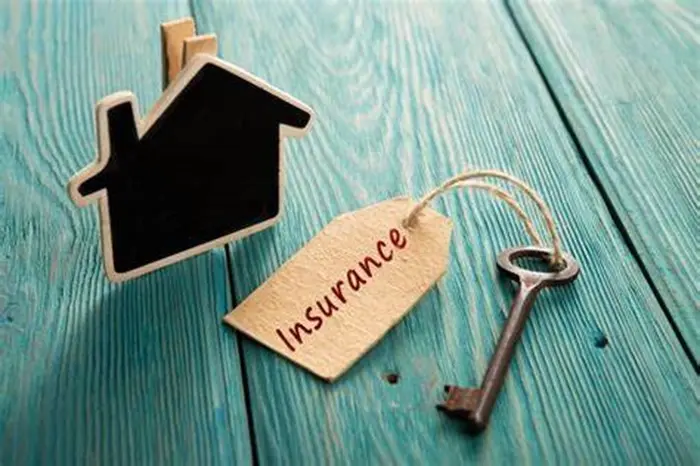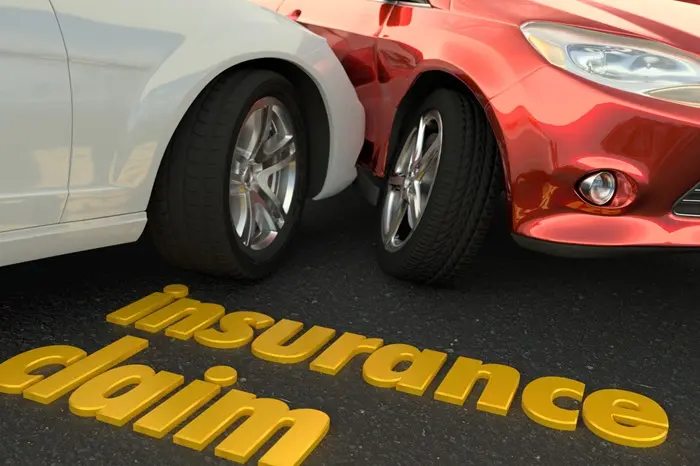As a landlord, it is vital to protect your rental properties and your tenants. One of the keys to protecting your rental property is to make sure you have the right amount of liability insurance. Liability insurance will protect you if someone is injured on your property, or if you are judged to be responsible for damages that occur. For landlords, having the right amount of liability insurance is essential to protecting your assets and minimizing potential risks.
This article will explore how much liability insurance you need for your rental property, the factors that influence this decision, and the different types of insurance available. Whether you are a new landlord or an experienced investor, understanding liability insurance for rental properties is essential to safeguarding your financial interests.
What is Rental Property Liability Insurance?
Understanding Liability Insurance
Liability insurance is a type of insurance designed to protect landlords from financial losses resulting from third-party legal claims. Such claims can arise if someone is injured on your property, or if their property is damaged due to your negligence. For example, if a tenant or visitor slips on an icy sidewalk that you didn’t salt, liability insurance can help pay for medical bills, legal fees, and any damages awarded to the injured party.
In addition to bodily injury, liability insurance can also cover property damage from accidents, such as fires or burst pipes that damage a tenant’s belongings. The goal of liability insurance is to provide you with financial protection against unexpected events that may occur while you are renting out your property.
Why is Liability Insurance Important for Rental Property?
Liability insurance is essential for landlords for several reasons:
Protection Against Lawsuits: As a landlord, you are responsible for maintaining a safe environment for your tenants. If a tenant, visitor, or contractor is injured on your property due to negligence, they may file a lawsuit against you. Liability insurance helps cover legal fees, court costs, and any settlements or judgments resulting from the lawsuit.
Medical Expenses: If someone is injured on your property, liability insurance can cover medical expenses that might arise from the accident. This includes hospital bills, surgeries, and rehabilitation costs, as well as compensation for pain and suffering in some cases.
Property Damage: If a tenant’s property is damaged due to an accident on your property, liability insurance can help cover the cost of replacing or repairing their belongings. This can include situations like a fire caused by faulty wiring or a plumbing issue that floods a tenant’s apartment.
Peace of Mind: Having adequate liability insurance provides peace of mind, knowing that you are protected in case of accidents or unforeseen events. It allows you to focus on managing your property without worrying about unexpected financial losses.
How much liability insurance do you need?
Factors that influence liability insurance coverage
The amount of liability insurance coverage you need for your rental property depends on a variety of factors. These factors affect your risk exposure and help determine how much coverage you need to protect your assets. Here are the key factors to consider:
1. Property size and value
The size and value of your rental property play an important role in determining the amount of liability insurance coverage you need. Large properties, such as multi-unit apartment buildings or commercial rental spaces, present more potential risks and attract more tenants and visitors. Therefore, these properties may require higher amounts of coverage to protect against a greater risk of bodily injury or property damage.
If you own a single-family home or a small rental property, your liability insurance needs may be lower, but you will still need enough coverage to protect against common risks, such as slip and fall accidents or fire damage.
2. Property location
The location of your rental property can also affect the amount of liability insurance coverage you should purchase. If your property is located in an area susceptible to natural disasters, such as hurricanes, floods, or earthquakes, you may need additional protection to protect against those specific risks. Likewise, if your property is located in a busy urban area with high foot traffic, the potential for accidents and lawsuits may increase, thus requiring higher liability insurance coverage.
3. Tenant Types
The type of tenants you rent to can affect your liability insurance needs. For example, if you rent to college students or tenants who frequently host parties, there may be a higher risk of accidents or damage to the property. In this case, you may want to consider increasing your liability insurance coverage to cover the potential risks. On the other hand, if your tenants are typically long-term, responsible individuals or families, you may prefer to choose a lower coverage.
4. Your Personal Finances
Your personal finances are another important factor in determining the amount of liability insurance you should have on your rental property. If you have a lot of assets, such as savings, investments, or multiple properties, you may want to purchase higher liability insurance to protect your wealth in the event of a lawsuit. On the other hand, if you are just starting out as a landlord or your property has limited value, you may want to choose a lower coverage.
5. State and Local Laws
In some states and municipalities, landlords may have minimum requirements for liability insurance. For example, some areas may require landlords to purchase a minimum amount of liability insurance to legally rent out a property. Be sure to check your local regulations to ensure you meet all legal requirements.
General Guidelines for Liability Coverage
While the specific amount of liability insurance you need will depend on the factors listed above, here are some general guidelines to consider:
Minimum Coverage: A standard liability insurance policy for rental property typically offers coverage ranging from $100,000 to $300,000. This may be sufficient for smaller properties in areas with lower risk exposure. However, you should assess whether this amount is adequate based on your specific situation.
Higher Coverage: If you own a larger property, such as an apartment complex, or if you are concerned about potential high-risk situations, you may want to consider higher coverage limits. In these cases, you might choose a policy with $500,000 to $1 million in liability coverage.
Umbrella Insurance: If you want additional protection beyond your standard liability coverage, consider purchasing an umbrella insurance policy. This type of policy provides extra liability coverage on top of your primary insurance policy, typically offering coverage amounts of $1 million to $5 million. Umbrella insurance is especially useful if you have multiple properties or significant assets to protect.
Types of Rental Property Liability Insurance
1. General Liability Insurance
General liability insurance is the most common type of liability insurance for rental properties. This coverage covers bodily injury and property damage that occurs in your rental property due to your negligence. General liability insurance typically covers medical expenses, legal fees, and damages resulting from incidents such as slips and falls and accidents caused by dangerous conditions on the property.
2. Professional Liability Insurance
Professional liability insurance, also known as neglect and omissions (E&O) insurance, is designed for landlords who provide additional services to their tenants, such as property management. This coverage covers claims related to professional errors or negligence in property management. For example, if you accidentally misspay a tenant’s rent or fail to make necessary repairs, professional liability insurance can help cover the costs.
3. Tenant Liability Insurance
While tenant liability insurance is not typically carried by landlords, it can be beneficial to encourage tenants to purchase this coverage. Tenant liability insurance provides coverage for tenants if they cause damage or injury to the property during their tenancy. In addition, tenant liability insurance can cover personal property damage in the event of an accident or disaster such as fire or theft.
4. Umbrella Insurance
As mentioned previously, umbrella insurance provides additional liability protection beyond the standard general liability policy. Umbrella insurance provides additional protection in the event of a large claim or lawsuit that exceeds the coverage of the primary policy. Umbrella insurance is particularly important for landlords who own multiple properties or have important assets to protect.
How to Buy Liability Insurance for Your Rental Property
Step 1: Assess Your Needs
The first step in buying liability insurance for your rental property is to assess your protection needs. Consider the factors mentioned earlier, such as your property size, location, tenant types, and personal finances. Determine how much coverage you need to protect your assets and ensure you have financial protection in the event of a lawsuit or accident.
Step 2: Shop Around and Get Quotes
Once you’ve assessed your protection needs, it’s time to shop around and get quotes. Contact multiple insurance companies to request quotes for liability insurance for your rental property. Be sure to compare coverage, deductibles, and premiums to find the best policy for your situation. Also, ask if there are discounts for bundling coverage, such as combining liability coverage with property insurance.
Step 3: Review Policy Terms
Before purchasing liability insurance, read the policy terms and conditions carefully. Make sure you understand the coverage, exclusions, and any additional terms, such as umbrella or professional indemnity policies. Carefully read the policy’s definitions of covered risks to ensure it provides adequate coverage for your specific property.
Step 4: Consider bundling your insurance
If you own multiple rental properties or other types of insurance, such as homeowners insurance or auto insurance, consider bundling your policies with the same insurance company. Bundling often results in discounted premiums and simplifies your insurance management.
Step 5: Monitor and adjust your coverage
Once you have purchased liability insurance for your rental properties, it’s important to review your coverage regularly. If you acquire additional properties, renovate existing rental properties, or your personal financial situation changes significantly, you may need to adjust your coverage limits accordingly. Reassessing your insurance needs regularly will help ensure that you are always adequately covered.
Conclusion
Rental property liability insurance is essential to protect you from financial loss in the event of an accident or legal claim. The amount of liability coverage you need depends on a variety of factors, such as the size and value of your property, its location, the types of tenants, and your personal financial situation. Understanding your risks and choosing the right coverage can help keep your assets safe and ensure you are well prepared for any challenges that may arise.
In addition to general liability insurance, you may also consider other insurance options, such as umbrella insurance or professional liability insurance, as needed. Choosing a reputable insurance company and reviewing your policy regularly can give you peace of mind and help you manage your rental property portfolio with confidence.
Related topics:

